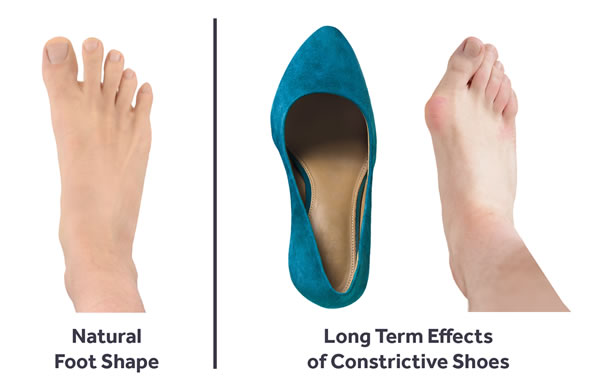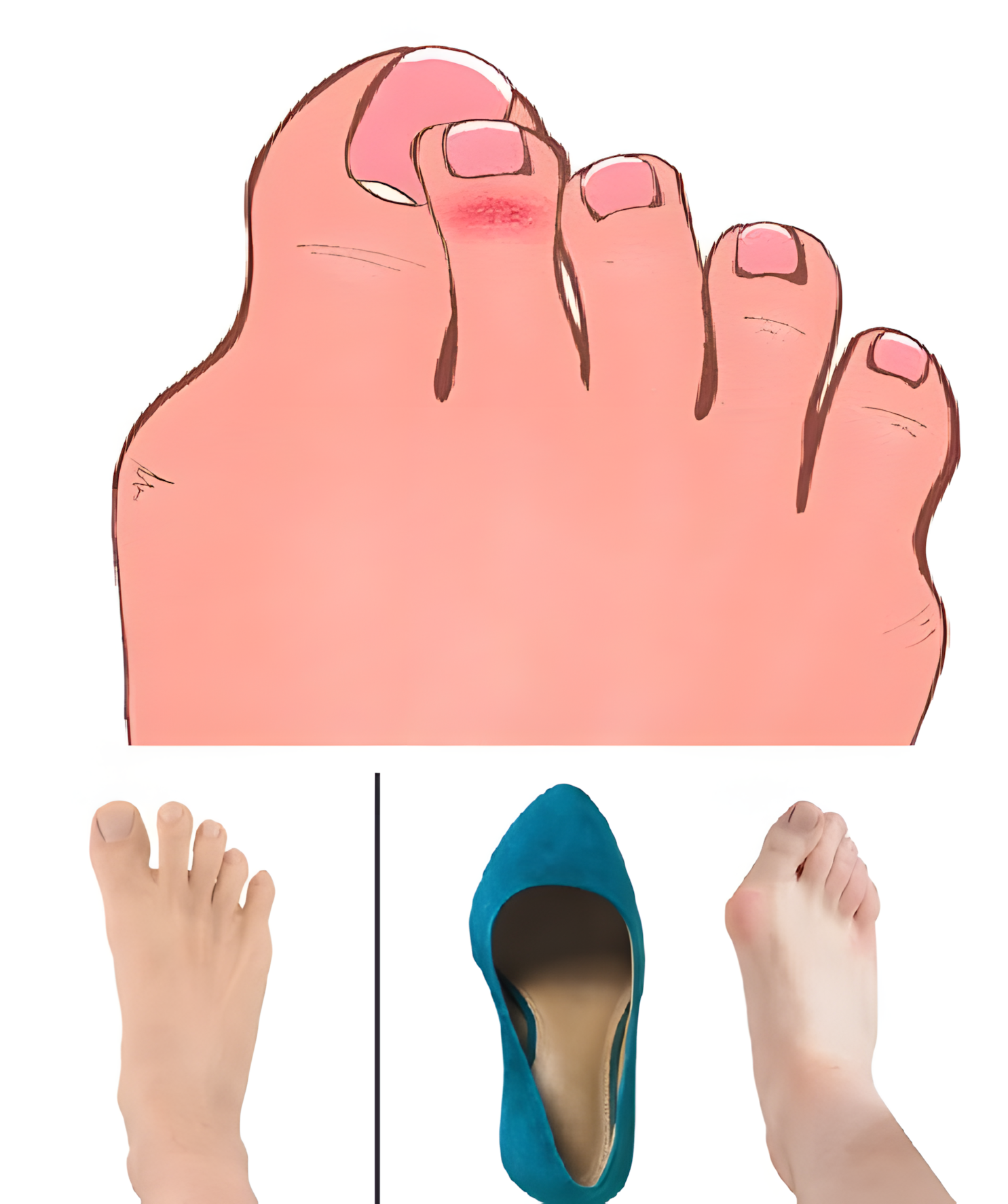Mijn grootmoeder verborg haar kromme tenen jarenlang in gesloten schoenen, tot ze me op een dag haar simpele geheim toevertrouwde dat haar pijn eindelijk verlichtte…
Toes may look small, but they play a big role in your overall strength and posture. Strong, aligned toes create a sturdy foundation for knees, hips and back. They also play an important sensory role for balance. Sometimes, however, toes become weak and bend out of shape. Bent, crooked toes can lead to a multitude of foot health issues.
So why do bent toes occur? And if you already have bent or crooked toes, what can you do to treat them? Keep reading to learn how to fix curled toes and other toe ailments!
Studies show that 36% of shoe wearing people over the age of 55 suffer from some form of bent toe deformity []. These can be bunions, hammer toes, claw goes, mallet toes and/or crossed toes. Even more people want to know how to prevent calluses on feet that form where the bent toes rub against their shoes. Other people wonder « why is my foot numb? » because they have a painful nerve issue such as Morton’s neuroma. Bent toe deformities are progressive. With time, they can diminish your foot foundation, cause pain in your knees and back, and greatly affect your overall quality of life. If left untreated for too long, then some serious engineering (i.e., surgery) may become necessary.
The good news is that you can often spot symptoms early. Simple lifestyle changes can greatly reduce or even reverse the negative impact of damaged toes.
What Causes Bent, Crooked Toes?
Bent toes usually develop slowly over decades, often first becoming noticeable to people in their late 20s and gradually worsening with time to more severe appearance and foot health issues. They are usually painful and if left untreated can lead to serious mobility restrictions for seniors. Podiatrists disagree on whether footwear is the only cause of bent toes or if there is a hereditary component that compounds with arthritis. But, there is growing evidence that wearing confining and ill-fitting shoes is the primary aggravating factor. For example, women are much more likely to have issues with bent toes than men. This can be attributed to common shoe styles often worn by women that feature high heels and heavily tapered toe boxes []. Furthermore, we rarely see children with bent, crooked toes, and the condition is virtually nonexistent in cultures of people who live without shoes [].

If your shoes tightly push together your toes for prolonged hours every day, then your feet will slowly conform to the shape of the shoe. Eventually your toes will remain malformed even after you take off the shoes. At that point, even flexing toes may become painful and difficult.
